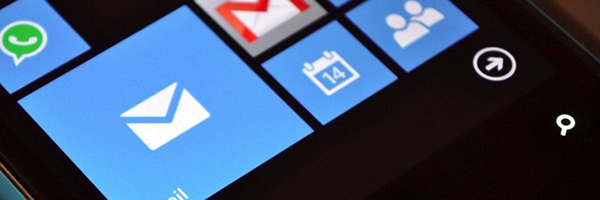In December, Google announced it would be abandoning Exchange ActiveSync support for non-business accounts, ending support for Google Sync and Google Calendar Sync. It appears the search giant's once-unrelenting stance has softened though, giving Microsoft until July 31 to get Windows Phone 8 prepped for open EAS alternatives.

What does this mean for WP8 owners? In a nutshell, your calendars and contacts should remain harmoniously synchronized with Google without any necessary changes or interruptions.
Google's decision to abruptly desert EAS is ostensibly an attempt to strong-arm users away from Microsoft's proprietary synchronization technology. To fill the gaps left behind in EAS' absence though, Google said users should rely on three open standards: CardDAV (contact sync), CalDAV (calendar sync) and IMAP (e-mail sync). While many mail, calendar and contact clients can work with those protocols, Windows Phone 8 users were left in a precarious position – and this is the primary issue – WP8 doesn't natively support CardDAV or CalDAV.
Google issued Microsoft a roughly 45-day warning before publicly announcing its discontinuation of EAS services, presumably time for Microsoft to work on softening the blow. Subsequently though, rumors indicated that Microsoft was planning to implement CalDAV and CardDAV in WP8, but the software-maker had requested an additional six months to prepare. Perhaps Redmond's rumored pleas are the basis for Google's new extension.
Although Google Sync will remain active for WP8, other platforms are still being left behind. Google probably doesn't have much interest in supporting EAS indefinitely – even though Google has provided free EAS connectivity for many years, the big G is likely paying Microsoft a handsome sum for millions of access licenses. Presumably, it's in Google's best interest to wean non-paying users from EAS. Meanwhile though, paying business and educational customers will continue to enjoy EAS services.